1,200,000 950,000 End date September 11, 1914 | Start date 1914 Result Russian victory | |
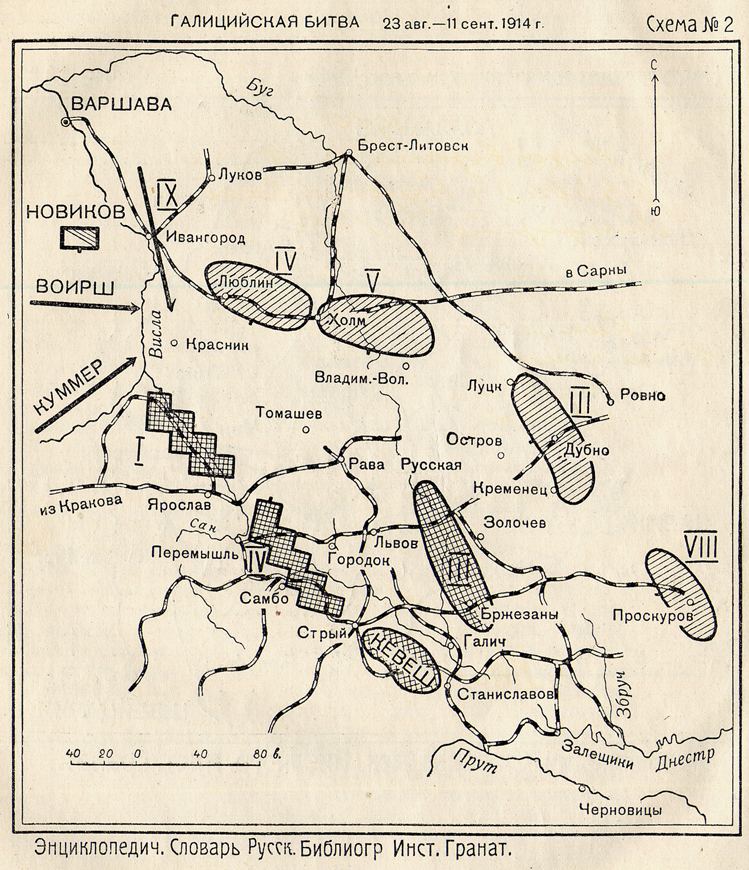 | ||
225,000–250,00040,000 captured 324,000–400,000100,000 dead220,000 wounded100,000–130,000 captured Similar World War I, Brusilov Offensive, Mesopotamian campaign, South Arabia during W, Eastern Front | ||
Plans are doomed to fail the battle of galicia i the great war week 6
The Battle of Galicia, also known as the Battle of Lemberg, was a major battle between Russia and Austria-Hungary during the early stages of World War I in 1914. In the course of the battle, the Austro-Hungarian armies were severely defeated and forced out of Galicia, while the Russians captured Lemberg and, for approximately nine months, ruled Eastern Galicia.
Contents
- Plans are doomed to fail the battle of galicia i the great war week 6
- Battle of galicia
- Background
- Battles
- Results
- Russian forces
- Austro Hungarian forces
- References
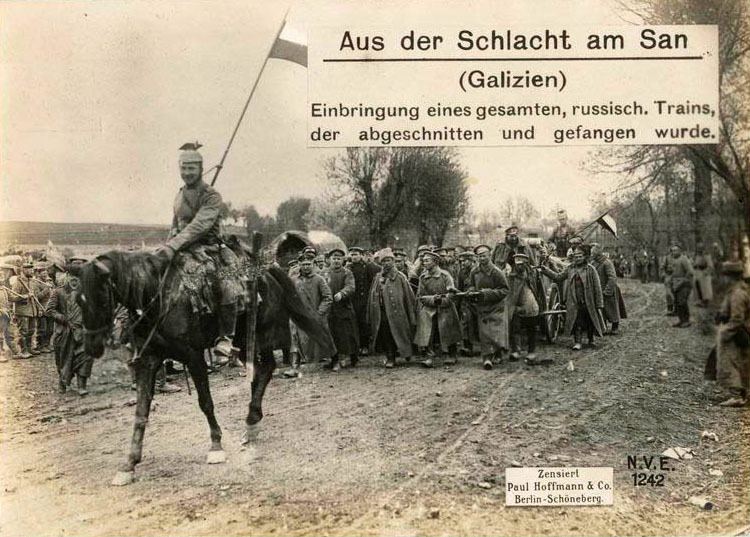
Battle of galicia
Background
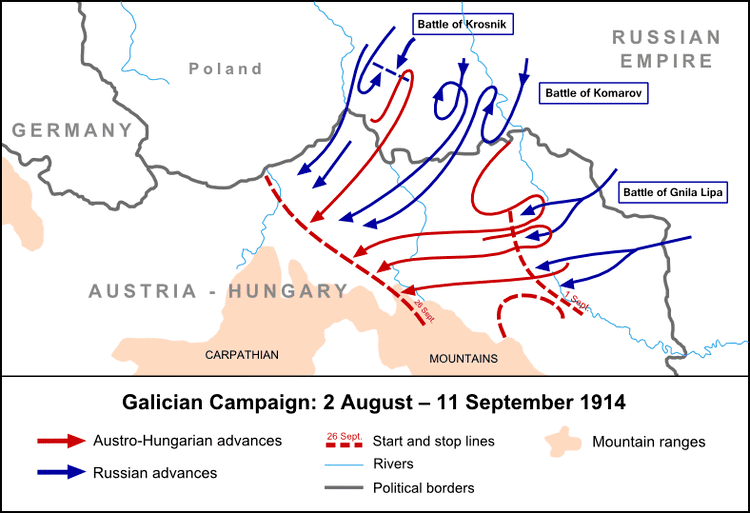
When war came the Austro-Hungarian Chief-of-Staff Franz Conrad von Hötzendorf planned to launch an offensive into Russian Poland with his northern armies (the 1st and 4th). The Russians would far outnumber the Central Powers in the east (especially the Austro-Hungarian armies, which were Russia's primary target), Conrad believed that their best option was an early advance into southern Poland where the Russians would be concentrating their newly mobilized units.
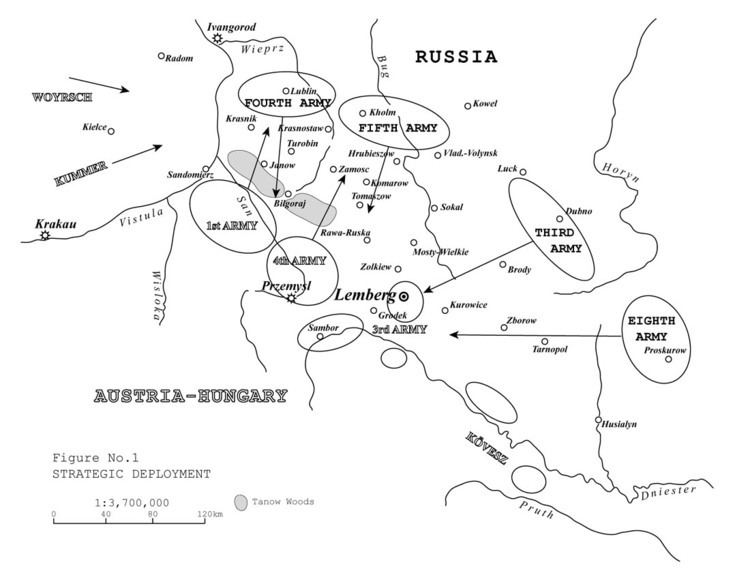
Conrad knew that his German allies were committed to an offensive in the West to defeat the French in the first ten weeks of the war. Only the German 8th army would be in the East, where they would stand on the defensive in East Prussia. However, their alliance with the French obliged the Russians to attack the Germans promptly, so substantial Russian forces would be sent to invade East Prussia. The 1st and 4th Austro-Hungarian Armies would advance into Poland without direct German support. By 23 August, 1914 Conrad's 1st, 3rd, and 4th Armies were concentrated in Galicia along a front of 280 km (170 mi).

On 2 August Grand Duke Nicholas Nikolaevich, a second cousin of Emperor Nicholas II who had made his career in the army, was made Commander-in-Chief. He had an excellent reputation for training troops, but had never commanded a field army and was staggered by his unexpected elevation. The Russian 3rd, 4th, 5th, and 8th Armies were assigned to Galicia. The Russian war plan called for Nikolai Ivanov, the Russian commander of the Southwest Front, to counter an anticipated Austro-Hungarian offensive thrusting eastward from Lemberg. The 3rd and 8th Armies would mount an offensive into eastern Galicia. The Russians could bring 260 trains a day to their front, compared to the Austro-Hungarian's 152.
Battles
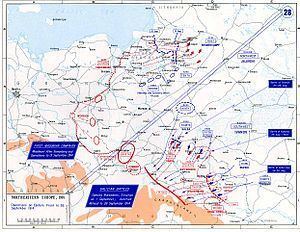
The Austro-Hungarian 1st Army under Viktor Dankl was moving in the north towards Lublin. Dankl struck and drove back Baron Salza's Russian Fourth Army in what would be known as the Battle of Kraśnik. Dankl's army was able to capture 6,000 prisoners.
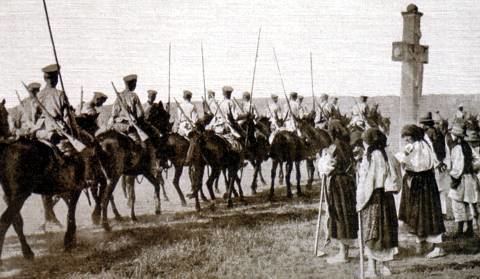
To the right of Dankl the Austro- Hungarian 4th Army, aiming at Cholm, drove back the Russian Fifth Army under Pavel Plehve in the Battle of Komarów, capturing 20,000 prisoners and inflicting heavy casualties. However, a planned Austrian enveloping movement around the Russian army failed.
As the Russians were being driven back along the northern front, the Austrian 3rd Army and Army Group Kovess made a simultaneous advance against Ivanov's left wing. Along the southern front Ivanov had the Russian Third Army under Nikolai Ruzsky and the Russian Eighth Army under the capable Aleksei Brusilov. Brusilov and Ruszky routed the Austro-Hungarians so thoroughly that even though poor roads necessitated that the Russians halt for two days, the Austrians could not regroup to halt the Russian drive. This attack became known as the Battle of Gnila Lipa.
With the entire 3rd Army and Kovess Group in full retreat, Conrad pulled forces away from northern front which he believed had been sufficiently defeated. In fact the Russians north of Lemberg were still a potential threat. Ivanov ordered Plehve's Fifth Army to attack and drove the Austrians back as they began to shift forces to the south in an engagement known as the Battle of Rava Ruska. The Austrian Second Army was quickly recalled from Serbia but it was too late and the entire Austrian front collapsed in Galicia and the Russians took control of Lemberg.
Results
As the Austrians retreated many Slavic soldiers in the Austro-Hungarian Army simply surrendered and some even offered to fight for the Russians. Holger Herwig estimates Austro-Hungarian losses of 100,000 dead, 220,000 wounded and 100,000 captured. According to Prit Buttar, the Austro-Hungarian army lost 324,000 men in Galicia, including 130,000 as prisoners, while the Russians lost 225,000 men, of which 40,000 were captured. Other authors estimate 400,000 Austro-Hungarian losses, or "one-third of the Austro-Hungarian Army's combat effectives", and 250,000 for the Russians.
The Russians had pushed the front 160 kilometers (100 miles) into the Carpathian Mountains, completely surrounded the Austrian fortress of Przemyśl and started a Siege of Przemyśl which lasted for over a hundred days. The battle severely damaged the Austro-Hungarian Army, destroyed a large portion of its trained officers, and crippled Austria. Though the Russians had been utterly crushed at the Battle of Tannenberg, their victory at Lemberg prevented that defeat from fully taking its toll on Russian public opinion.
Russian forces
Russian South-Western front. Commander-in-chief – Nikolai Ivanov, Chief of Staff – Mikhail Alekseyev
